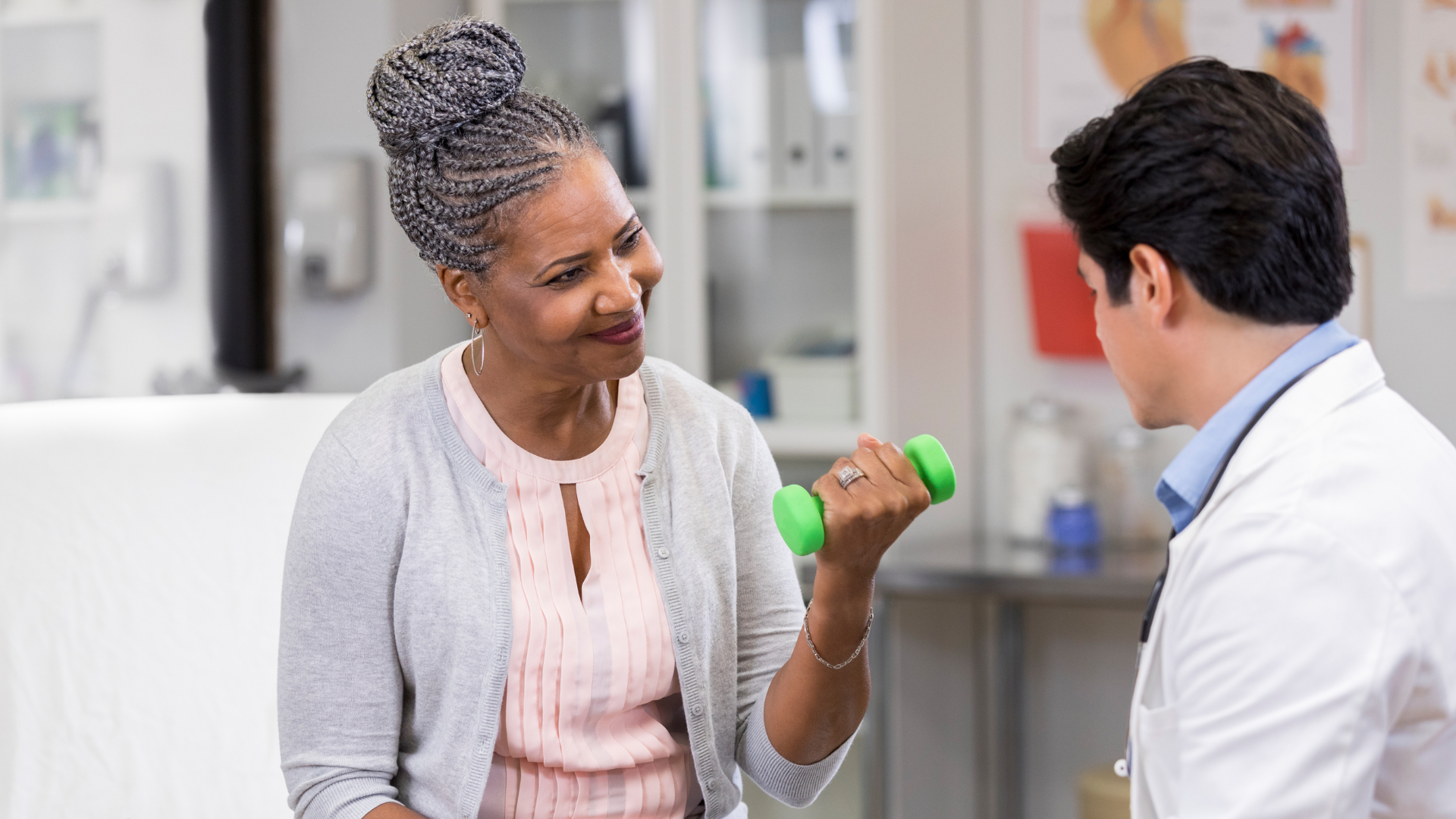National Physical Therapy Month Managing Chronic Pain in Seniors

October marks National Physical Therapy Month, a time when we celebrate the dedicated professionals who play a pivotal role in enhancing the lives of seniors through rehabilitation and therapy services. Our community understands the importance of promoting the well-being of our residents, especially when it comes to managing chronic pain. In this blog post, we delve into the significance of non-pharmacological approaches for pain relief and improved functioning in seniors, highlighting the essential role of therapy and rehabilitation in this journey.
Understanding Chronic Pain in Seniors:
Chronic pain is a common and often debilitating condition among older adults. It can stem from various sources, including arthritis, neuropathy, post-surgical discomfort, and musculoskeletal conditions. The impact of chronic pain extends beyond physical discomfort, affecting one's overall quality of life, mood, and daily functioning.
The Risks of Pharmacological Approaches:
While medications can be effective for pain management, especially in the short term, there are concerns when they become the primary solution. Seniors are often at a higher risk of medication-related side effects, including dizziness, falls, addiction, and drug interactions. This is where non-pharmacological approaches come into play.
Non-Pharmacological Approaches for Pain Relief:
Physical therapy and rehabilitation are cornerstones of non-pharmacological pain management strategies. Here's how they can make a significant difference in the lives of seniors:
- Targeted Exercise Programs: Physical therapists design customized exercise regimens that focus on strengthening muscles, improving flexibility, and enhancing overall mobility. These exercises help alleviate pain by stabilizing joints and reducing strain on affected areas.
- Manual Therapy: Techniques such as joint mobilization and soft tissue manipulation can alleviate pain and improve joint mobility. Skilled therapists use their expertise to enhance the body's natural healing mechanisms.
- Pain Education: Understanding the nature of pain is a crucial aspect of pain management. Therapists educate seniors about their conditions, empowering them to take an active role in their recovery.
- Functional Training: Seniors are guided in regaining functional independence. This can involve relearning everyday tasks and activities, ensuring they can maintain their quality of life despite pain.
- Modalities and Assistive Devices: Therapists may incorporate modalities like heat, cold, ultrasound, or electrical stimulation to manage pain. Assistive devices like splints or canes can also offer support.
The Holistic Approach at Our Community:
We're committed to a holistic approach to senior wellness. We collaborate closely with our partner, Synchrony Rehab, to ensure that seniors receive the highest quality therapy and rehabilitation services. By addressing pain management from a comprehensive perspective, we empower our residents to enjoy a better quality of life, improved functioning, and reduced reliance on medications.
This National Physical Therapy Month, we recognize the importance of non-pharmacological approaches for managing chronic pain in seniors. Through physical therapy and rehabilitation, we can provide our residents with the tools they need to enhance their well-being, minimize pain, and regain their independence. Our partnership with Synchrony Rehab reflects our unwavering commitment to delivering exceptional care that goes beyond the surface, ultimately improving the lives of those we serve.